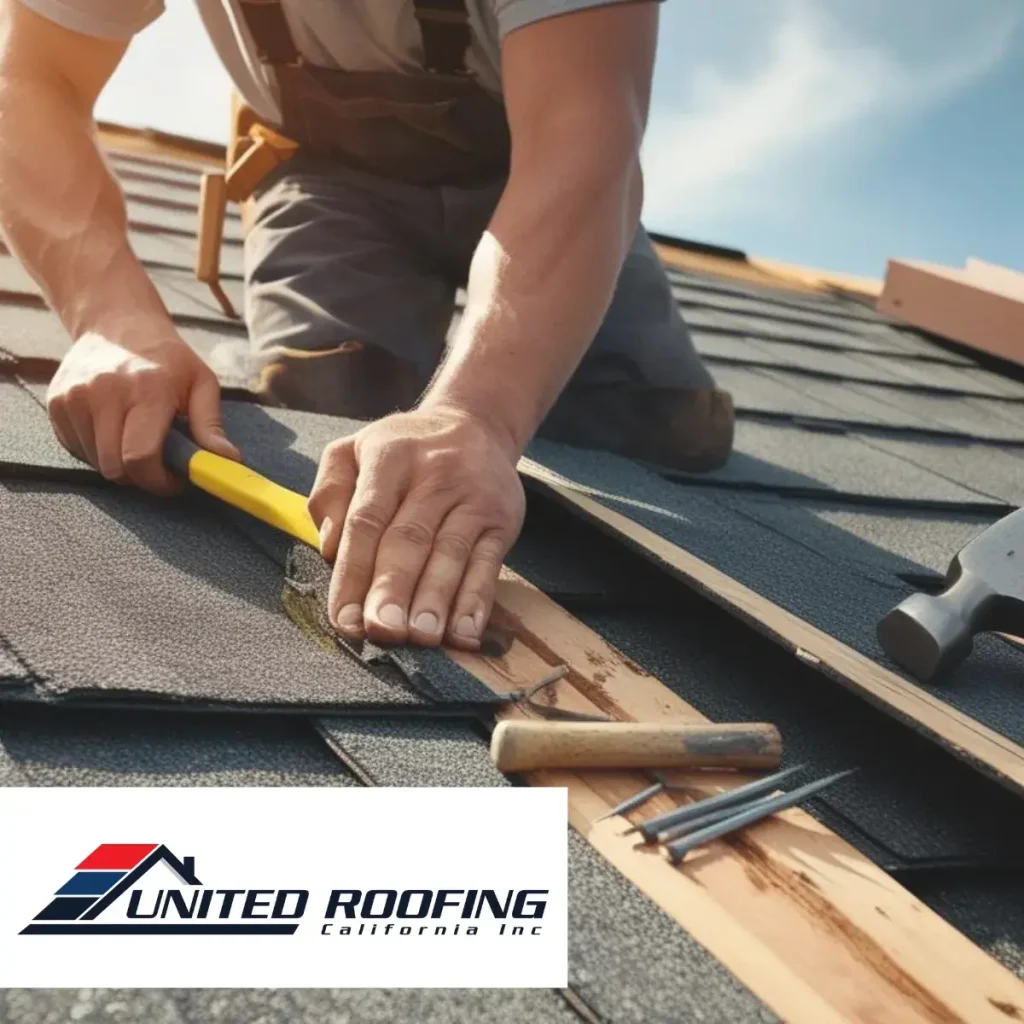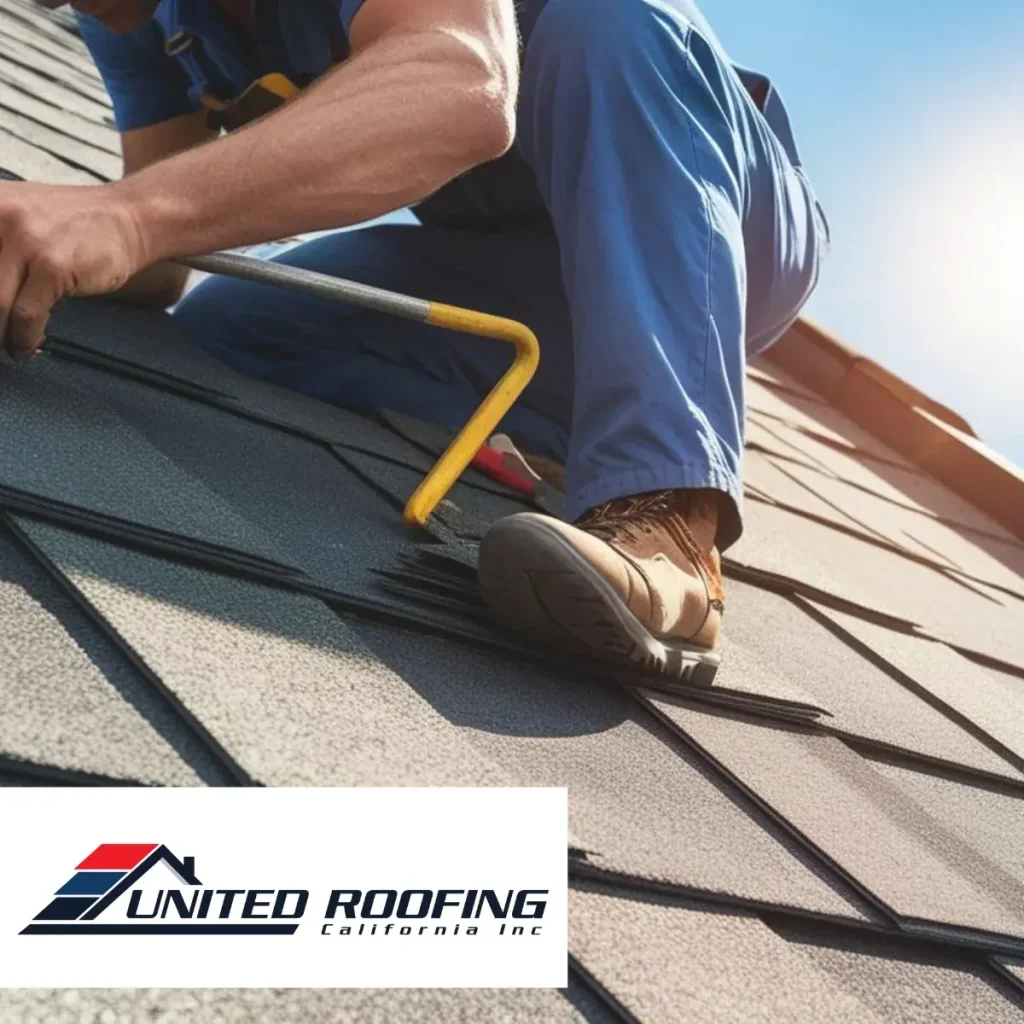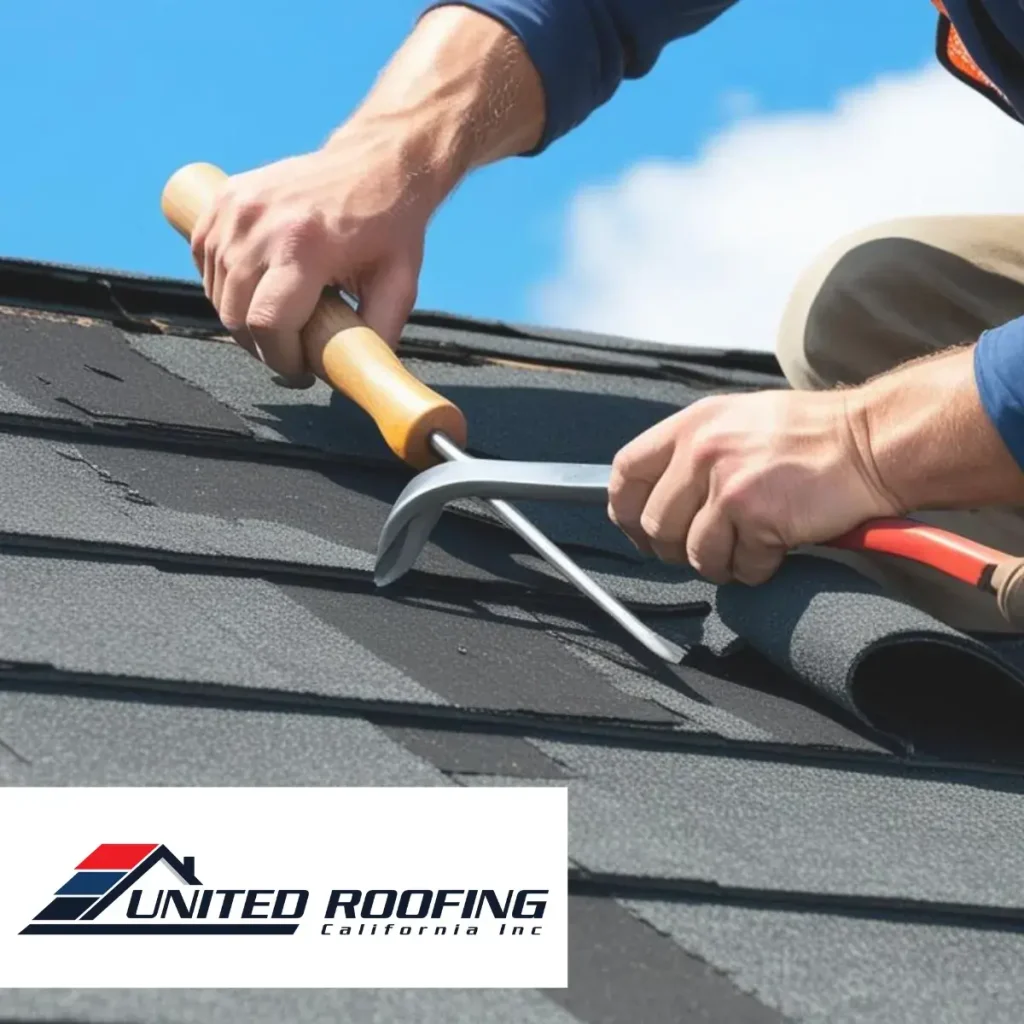Knowing when to replace your commercial roof is key to avoiding costly repairs, interior damage, and energy inefficiencies. Over time, roofing materials deteriorate due to constant exposure to sunlight, temperature fluctuations, and heavy rain or snow. Replacing the roof at the right moment can save you from emergency situations and help maintain the integrity of the entire structure. A timely roofing replacement is an investment in your building’s long-term value and safety.
Signs Your Roof May Be Beyond Repair
Some roof issues are too advanced for patchwork fixes. If you’re seeing widespread leaks, bubbling or blistering of roofing membranes, significant pooling of water, or increasing energy bills, these could all point to deeper issues with your roofing system. Other red flags include mold in the upper walls or ceiling tiles and visible sagging along the roofline. When repairs become frequent or stop being effective, it’s usually time to consider a full roofing replacement to restore full protection.
Understanding Your Roof’s Lifespan
Each commercial roofing material has an expected lifespan. EPDM membranes can last 20 to 30 years, while TPO and PVC typically last up to 25 years with proper maintenance. Modified bitumen and built-up systems also fall within a similar range. If your building’s roof is nearing or past this timeline, a professional assessment is recommended—even if no immediate damage is visible. Aging materials may no longer provide adequate insulation or moisture control, leading to higher operating costs and risk of structural problems.
External Factors That Accelerate Wear
Environmental conditions play a major role in how long your roof will last. Constant sun exposure, freeze-thaw cycles, strong winds, and debris from nearby trees or structures can wear down roofing layers more quickly. Buildings in regions with frequent storms or high humidity may also face a greater risk of membrane failure and water infiltration. Additionally, roofs with poor drainage systems or heavy rooftop equipment may experience localized stress that shortens their functional lifespan. Monitoring these conditions helps inform when replacement becomes a smart preventative measure.
Benefits of Planning Ahead
Proactively scheduling a roofing replacement avoids the stress and financial strain of emergency repairs. Planning allows you to choose the best season for the work, review material options, and set a realistic budget. You’ll also have time to coordinate with tenants or staff to minimize disruptions. Working with a trusted contractor ensures the project is completed professionally and aligned with your building’s structural and energy needs. A timely replacement offers peace of mind and long-term performance that pays off year after year.
Learn More
Key Differences Between Residential and Commercial Roofing Replacement





